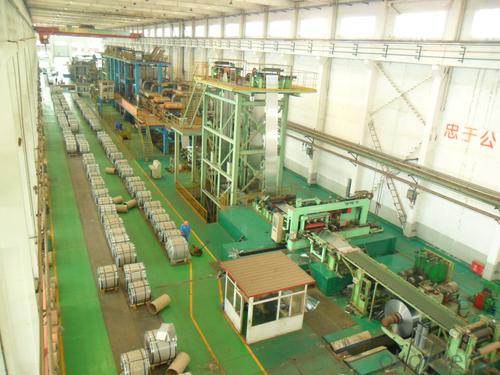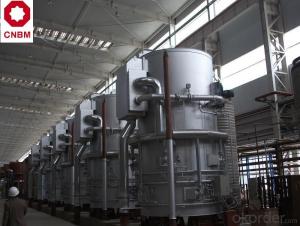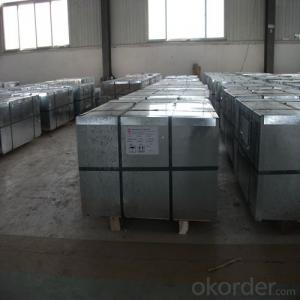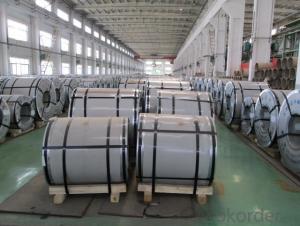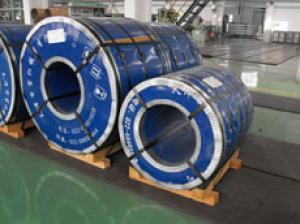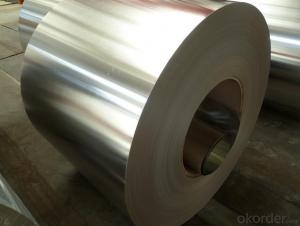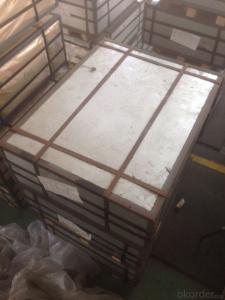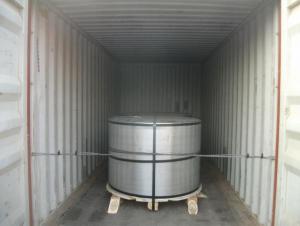Electrolytic Tinplate Sheets for 0.24mmThickness MR Sheets
- Loading Port:
- Tianjin
- Payment Terms:
- TT or LC
- Min Order Qty:
- 25 m.t.
- Supply Capability:
- 8000 m.t./month
OKorder Service Pledge
OKorder Financial Service
You Might Also Like
1.Structure of Electrolytic Tinplate Sheets for 0.24 Thickness MR SheetsDescription
Electrolytic Tinplate Sheets is one of the metal packing materials, which is widely used for making painting cans ,chemical package cans , electrical cable ,battery and metal printing etc.
2. Main Features of Electrolytic Tinplate Sheets for 0.24 Thickness MR Sheets
Steady and high quality
Fast shipment
Good experience for export work
For the surface, Plate uniform in thickness,uniform and smooth tin coating, without flaws,rusts,scratch,wave,nick of tin coating etc.
Price competitive
3.Electrolytic Tinplate Sheets for 0.24 Thickness MR SheetsImages

4. Electrolytic Tinplate Sheets for 0.24 Thickness MR SheetsSpecification
Standard : GB2520-2000 ,JIS G3303
Steel type : SPCC,MR
Coating : 2.8/2.8
Surface: Bright, Stone ,
Thickness:0.24
Width :600MM~1000MM
Temper : T1~T5
Package: tinplate wrapped completely with an inner cover of plastic or waterproof papers with vorners protected with metal angels.
5.FAQ of Electrolytic Tinplate Sheets for 0.24 Thickness MR Sheets
A. What is the package of tinplate? (Referred as below)
For sheets, thin plastic film + rust-proof paper + metallic cover + metallic angles+ steel band strips + fumigated wooden pallet.
For coil, thin plastic film + rust proof paper + metallic cover + steel band strips + fumigated wooden pallet
B. The surface of tinplate could you supply?
Stone finish, Bright finish, Matte finish, Silver finish
C. What quantity is the minimum order of tinplate?
Usually, the minimum quantity is 25MT. For special case, consult with us.
D. Can it make to be BA or CA for annealing?
Yes, both can do with.
- Q: How does tinplate packaging contribute to product protection against pests?
- Tinplate packaging provides a strong barrier against pests due to its durability and resistance to punctures or tears. It effectively prevents insects, rodents, and other pests from accessing the products inside, safeguarding them against potential contamination or damage.
- Q: How does tinplate compare to plastic packaging?
- Tinplate packaging offers several advantages over plastic packaging. Firstly, tinplate is much more durable and sturdy compared to plastic, providing better protection for the product inside. It is also resistant to temperature changes, making it suitable for storing both hot and cold items. Additionally, tinplate packaging is fully recyclable, making it a more sustainable option compared to plastic which often ends up in landfills. Lastly, tinplate packaging has a premium and aesthetic appeal, making it more appealing to consumers.
- Q: Can tinplate be used for high-speed packaging lines?
- Yes, tinplate can be used for high-speed packaging lines. Tinplate is known for its strength, durability, and ability to withstand high-speed production processes. It is commonly used in the packaging industry for various applications, including food and beverage cans, aerosol containers, and metal closures. Its smooth surface allows for efficient movement on conveyor belts, and its resistance to corrosion ensures product safety and longevity. Overall, tinplate is an excellent choice for high-speed packaging lines due to its reliability and compatibility with automated production systems.
- Q: What about tin cans?
- In the galvanic cells of the tin, iron is negative and oxidized because iron is more active than tinTherefore, in the coating damage after corrosion. Than tin tin
- Q: How to prevent the corrosion of tinplate wall hydrogen sulfide blackening, expansion
- Oil pipelines and oil storage containers buried in the ground are exposed to the water, salt, alkali and acid substances directly in the soil, and they should be coated with antirust paint on the outside surface, and then sprayed with asphalt protection layer.
- Q: Is to buy canned tinplate or aluminum
- Tinned food is usually made of tinplate, because the strength of tin is higher than that of aluminum cans, and the tin can not be deflatedAluminium is generally used in carbonated beveragesTin can be best served from the point of view of transport
- Q: How does tinplate packaging handle exposure to different chemicals?
- Tinplate packaging is known for its excellent resistance to various chemicals. It can handle exposure to different chemicals without any significant adverse effects, making it a reliable choice for packaging materials.
- Q: What are the main differences between tinplate and tinplate laminates in terms of shelf life?
- The main difference between tinplate and tinplate laminates in terms of shelf life is that tinplate laminates offer better protection against external factors such as moisture and oxygen. The lamination process involves bonding a layer of plastic or other materials to the tinplate, providing an additional barrier against corrosion and contamination. This enhanced protection helps to extend the shelf life of products packaged in tinplate laminates compared to those in regular tinplate.
- Q: How does the printing process affect the durability of tinplate?
- The printing process can significantly affect the durability of tinplate. It forms a protective layer on the surface of the tinplate, making it more resistant to corrosion and external factors that may cause damage. The printing process also enhances the tinplate's scratch resistance, ensuring that the printed design remains intact for a longer period. Additionally, the printing process can provide an extra layer of insulation, protecting the tinplate from heat and moisture, further increasing its durability.
- Q: How has tinplate evolved over the years?
- Tinplate has evolved significantly over the years, primarily due to advancements in technology and manufacturing processes. Originally, tinplate was made by coating iron or steel with a thin layer of tin to prevent corrosion. However, the process has evolved to include various coatings, such as organic, chrome, and polymer coatings, that offer improved protection and durability. Additionally, the production techniques have become more efficient, allowing for higher quality and faster manufacturing of tinplate products. Moreover, the application of tinplate has expanded beyond traditional uses in packaging to include automotive, construction, and electrical industries, further driving its evolution.
Send your message to us
Electrolytic Tinplate Sheets for 0.24mmThickness MR Sheets
- Loading Port:
- Tianjin
- Payment Terms:
- TT or LC
- Min Order Qty:
- 25 m.t.
- Supply Capability:
- 8000 m.t./month
OKorder Service Pledge
OKorder Financial Service
Similar products
Hot products
Hot Searches
Related keywords



